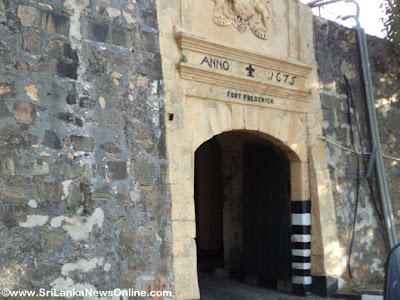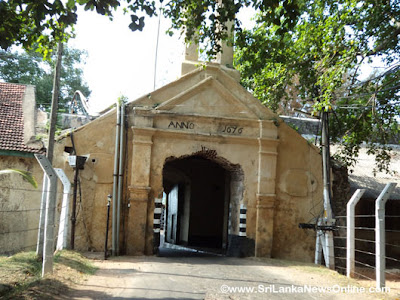The Bogoda Wooden Bridge was built in the
16th century during the Dambadeniya era. This is said to be the
oldest surviving wooden bridge in Sri Lanka. The bridge is situated
at 7 kilometres (4.3 mi) west of Badulla. All parts of this
bridge were constructed from wood, including the use of wooden nails
as fixing material. The roof tiles show the influence of Kingdom of
Kandy. The bridge was built across the Gallanda Oya, which linked
Badulla and Kandy on an ancient route.
The Bogoda bridge is over 400 years old and made
entirely from wooden planks, which are said to have come from one
tree.[citation needed] It is an exclusive construction as it has an
2.4 metres (7.9 ft) tall tiled roof structure for its entire span of
nearly 15 metres (49 ft) length with a 1.5 metres (4.9 ft) breadth.
Wooden fences of the bridge are decorated in various ancient designs
and have been erected on either sides.
The structure of the bridge is standing on a huge
tree trunk 11 metres (36 ft) in height. Jack fruit (Artocarpus
heterophyllus) logs and Kumbuk (Terminalia arjuna) logs were mainly
used as the constructive material of the bridge. Furthermore,
Kaluwara (Diospyros ebenum) timber and Milla timber were used for the
wooden decorations.
Source: Wiki
These photos taken by myself on year 2017

















































